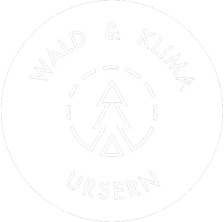Project overview
Project team
Since reforestation in high mountain areas is demanding, experienced specialists are required to support the project. That is why there is a collaboration with the Korporation Ursern, which is in charge of the project and is the majority owner of the project areas, and the Office of Forestry and Hunting of the Canton of Uri. A project team committee of experts evaluates the next project steps. The professional implementation of the practical work on the site is carried out by the Uri Süd forestry district. For the implementation, personal support from volunteers is sought, where the resulting activities and the location of the reforestation area permit (individuals, companies, organisations)

REFORESTATION APPROACH
The dominant tree species for reforestation in the Ursern Valley will be the spruce. Rowan berries will also play a certain role. Possible complementary tree species can be the larch, Swiss stone pine, mountain pine or sycamore maple.
Depending on the existing natural regeneration, care and supplementary plantings are the focus in certain areas. Other areas must first be cleared of bushes and then planting takes place. For the supplementary planting and reforestation, tree plants are obtained from a forest nursery and then planted. If it does not involve supplementary plantings, but reforestation areas, the trees are planted in groups. This can result in long-term stable forests. Where necessary, three-legged wooden structures made of chestnut wood are attached to protect against natural hazards before planting.

In addition to the choice of suitable planting material, method and location, the subsequent care is of great importance. The plants are cared for intensively for the first five years, so any unwanted plants must be removed. After five years, it is expected that the trees will have outgrown the worst plants and only require moderate care. After around 30 to 60 years, the three-legged wooden structures will have disintegrated and rotted. We assume that the trees will be fully grown after around 50 to 100 years and that at this point in time they can also store the maximum amount of carbon.
Carbon Offsetting
